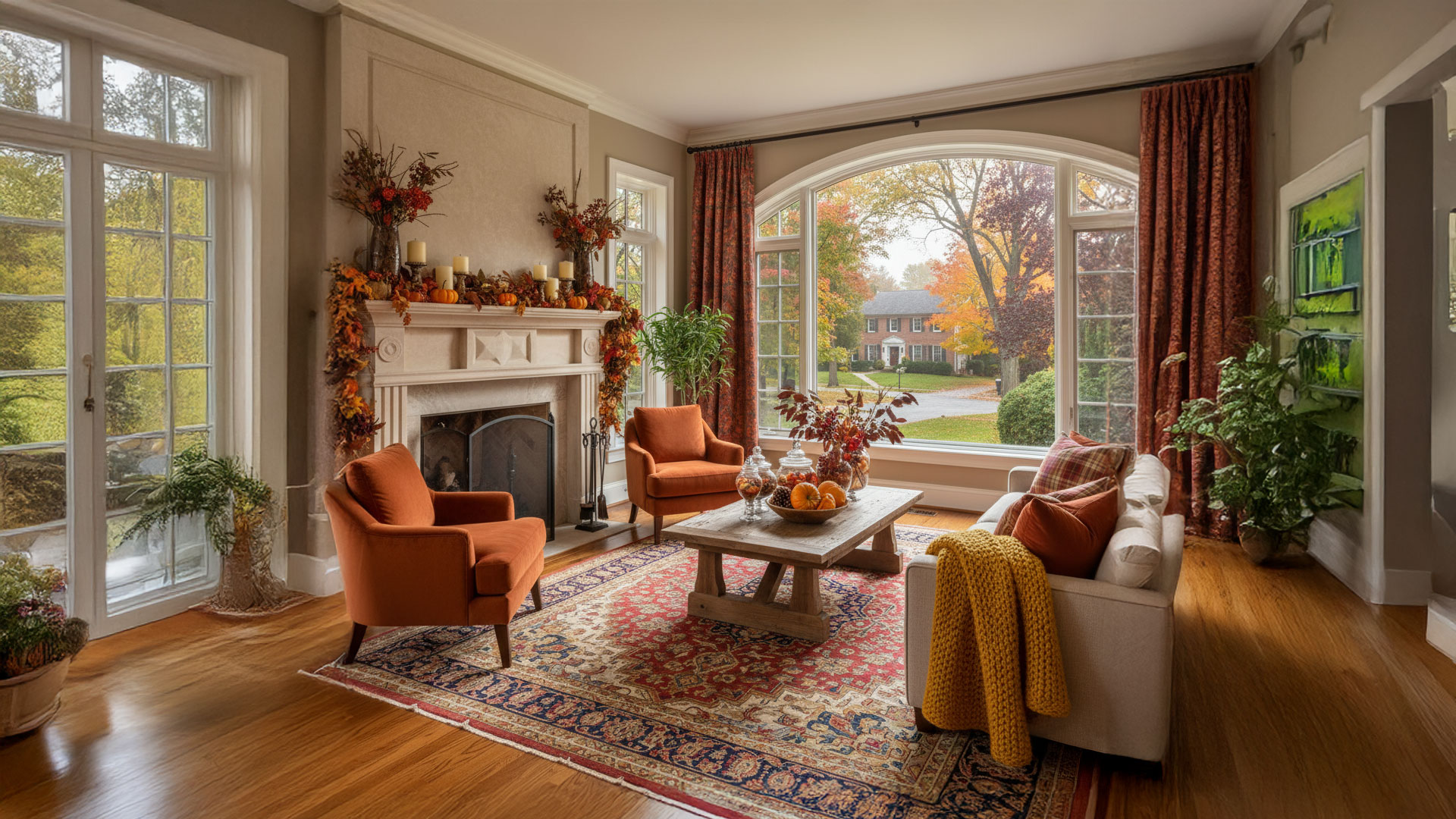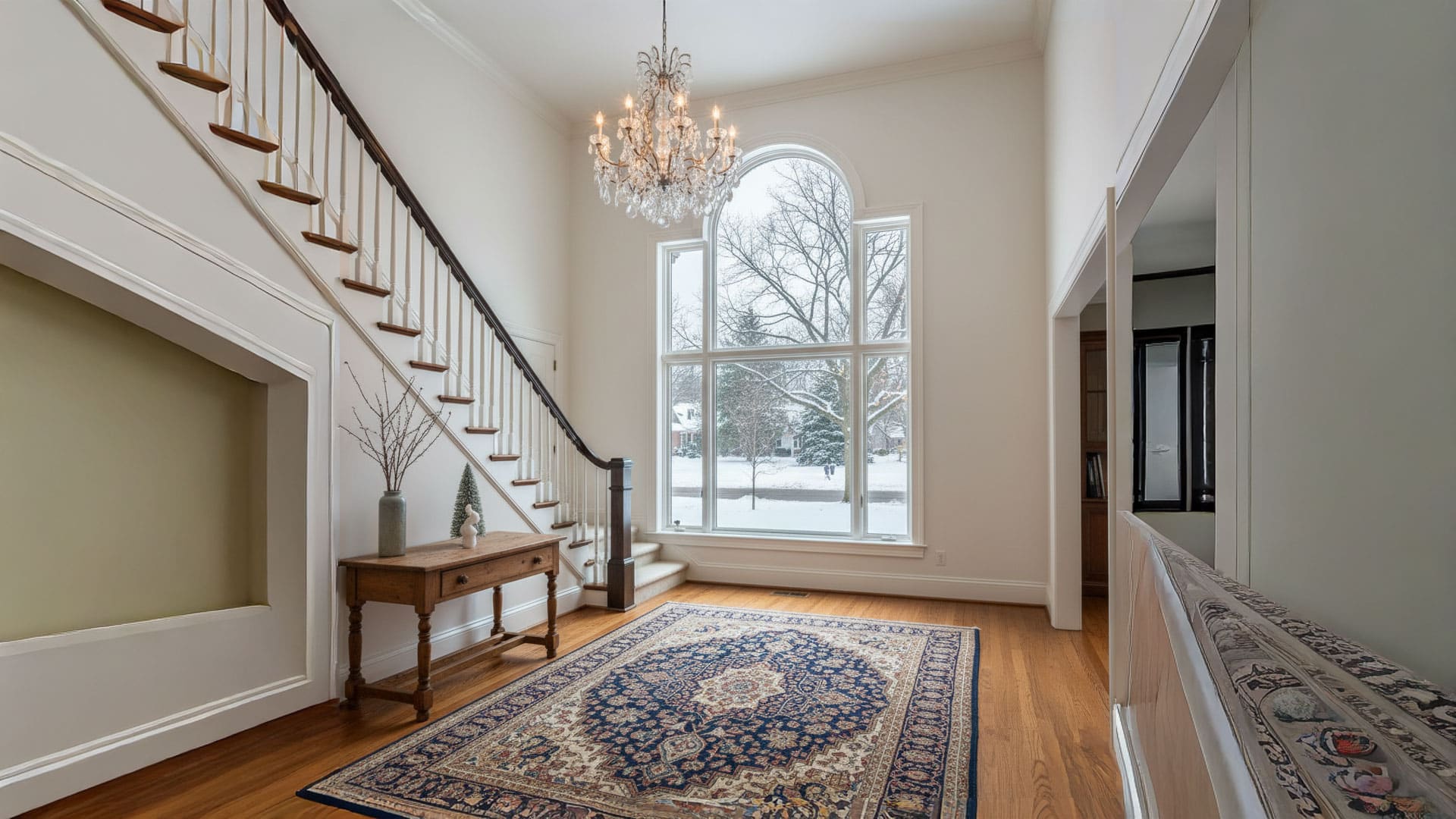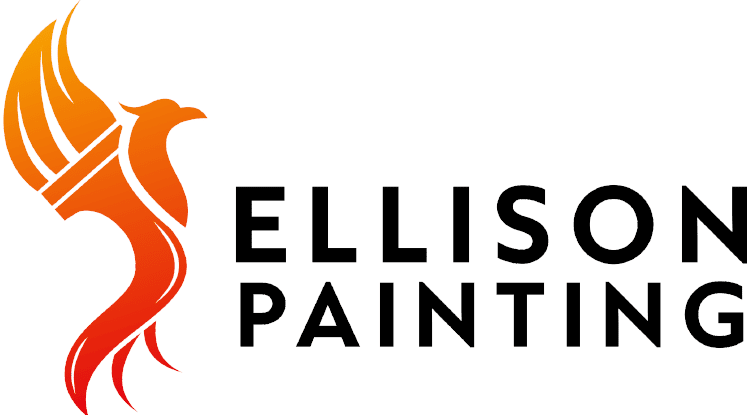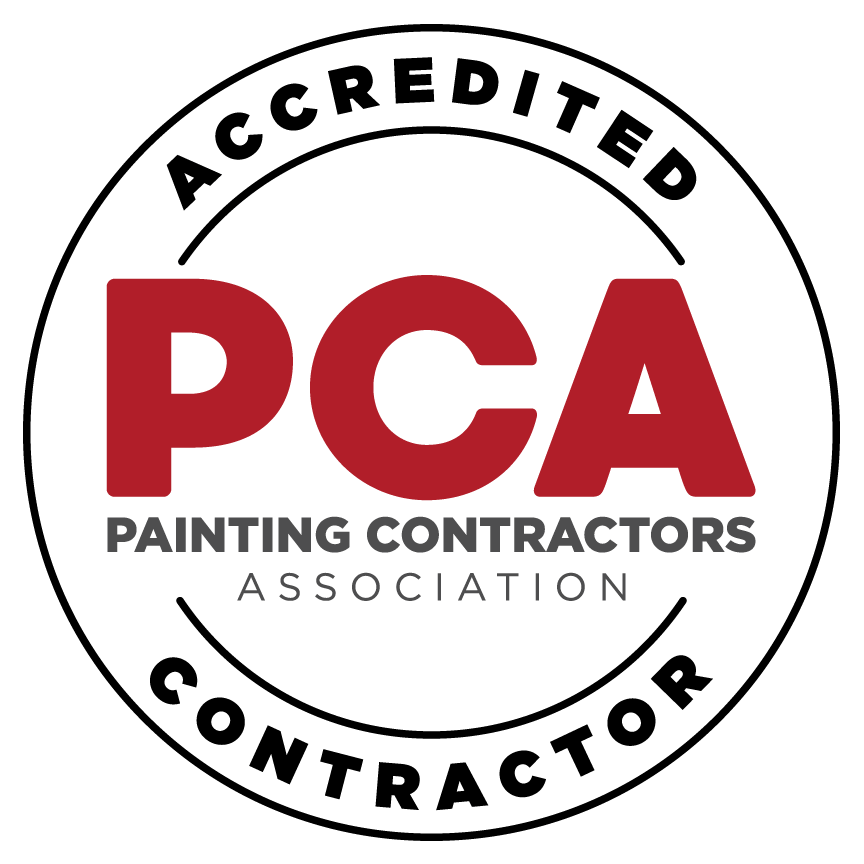Why Fall and Winter Are the Best Seasons for Interior Painting in Birmingham, MI: Key Benefits and Timing Insights
Interior painting in Birmingham, MI reaches its peak efficiency during fall and winter when temperature and humidity levels create the optimal environment for paint adhesion, durability, and scheduling flexibility. Homeowners gain superior results, enjoy easier project planning, and improve indoor air quality by choosing off-season timing. This guide explains what makes fall and winter ideal for interior painting, outlines health and preparation tips, and shows how to select the right local painter. Sections include:
- What makes fall the ideal season for interior painting
- Advantages of winter interior painting
- How off-season painting enhances indoor air quality
- Preparation strategies for cooler months
- Choosing the right Birmingham, MI painting contractor
What Makes Fall the Ideal Season for Interior Painting in Birmingham, MI?

Fall combines moderate temperatures and manageable humidity to create a paint-friendly environment that minimizes common drying issues.
How Do Fall Temperatures and Humidity Improve Paint Adhesion and Durability?
Fall’s moderate climate—typically 55–70°F with 60–75% humidity—promotes steady solvent release and prevents blistering or cracking. Consistent environment control means coatings cure uniformly, resulting in long-lasting finishes that resist peeling and fading. This stability underpins a durable interior that maintains its color and integrity through seasonal temperature swings.
When homeowners understand these conditions, they can schedule painting tasks that maximize finish quality and longevity.
Optimal Environmental Conditions for Interior Paint Application
For successful interior painting, maintaining specific environmental conditions is crucial. Most paint manufacturers recommend an ideal temperature range of 50°F to 85°F (10°C to 30°C) and relative humidity levels between 30% and 70% to ensure proper adhesion, even drying, and a durable finish. Temperatures outside this range or excessively high/low humidity can lead to issues like poor adhesion, blistering, or uneven drying.
This research supports the article’s assertion that fall and winter provide optimal temperature and humidity conditions for interior painting, promoting superior results and longevity.
Why Is Painter Availability Better During Fall in Birmingham, MI?
In fall, most exterior-painting workloads taper off, freeing skilled crews to focus on indoor projects. Some providers offer:
- Flexible scheduling with shorter wait times for start dates.
- Dedicated teams completing jobs more quickly.
- Off-peak pricing or bundle discounts on combined interior services.
These advantages ensure interior painting projects begin promptly and finish on time without summer backlogs.
How Can Fall Interior Painting Refresh Your Home Before the Holidays?
Refreshing wall colors and trim in autumn elevates holiday decor, boosts mood, and welcomes guests with a polished aesthetic. Homeowners can:
- Select seasonal palettes—warm neutrals or jewel tones—to complement fall foliage.
- Complete painting before gatherings, avoiding last-minute stress.
- Showcase fresh interiors that highlight seasonal accents.
Preparing walls during fall lays the foundation for a cozy and visually inviting home environment as temperatures drop.
What Are the Advantages of Winter Interior Painting in Birmingham, MI?

How Does Consistent Indoor Climate Control Benefit Winter Paint Curing?
Controlled heating keeps room temperatures between 65–75°F, ensuring solvents evaporate at predictable rates. This leads to:
- Smoother film formation without humidity spikes.
- Reduced tendency for lap marks and roller trails.
- Uniform sheen and adhesion even in colder outdoor conditions.
Maintaining stable indoor heat transforms winter into a reliable season for flawless interior paint finishes.
Why Is Scheduling Easier and Project Completion Faster in Winter?
With exterior work limited by snow and cold, painting company schedules open up. Dedicated crews focus on:
- Shorter project timelines as interior jobs become priority.
- Potential special offers and bundled service packages, such as cabinet painting.
- Streamlined workflows that leverage consistent indoor conditions.
These factors accelerate completion and often yield cost savings during winter months.
How Does Winter Painting Minimize Disruption to Your Daily Life?
Interior painting in cooler months confines noise and dust indoors when outdoor activities are already limited. Benefits include:
- Smoother coordination with heating systems to ventilate paint fumes.
- Quiet work schedules that align with indoor living patterns.
- Reduced interference with gardening or exterior maintenance tasks.
Minimizing disruption during winter supports comfort and convenience for occupants.
How Does Off-Season Interior Painting Improve Indoor Air Quality and Health?
What Role Do Low-VOC Paints Play in Fall and Winter Interior Painting?
Low-VOC paints emit fewer volatile organic compounds, promoting healthier living spaces during months when ventilation may be limited. Using these formulations:
- Reduces chemical odors during curing.
- Supports better respiratory health for sensitive occupants.
- Aligns with green-building standards and allergy mitigation strategies.
Impact of Low-VOC Paints on Indoor Air Quality
Studies have shown that the use of low volatile organic compound (VOC) paints significantly improves indoor air quality by reducing the emission of harmful chemicals. This contributes to healthier living environments, minimizing respiratory issues, headaches, and other health problems associated with traditional paint fumes.
This directly supports the article’s discussion on how off-season painting, coupled with low-VOC products, enhances indoor air quality and promotes better respiratory health.
Recommended Paint Types for Cooler Seasons
Below is a comparison of common interior paint formulations suited to fall and winter:
| Paint Type | VOC Level | Drying Time | Feature |
|---|---|---|---|
| Low-VOC Acrylic Latex | < 50 g/L | 1–2 hours | Minimal fumes |
| Water-based Urethane | < 100 g/L | 2–3 hours | Enhanced adhesion |
| Alkyd Enamel | ~150 g/L | 4–6 hours | Durable, smooth sheen |
How Does Painting Seal Surfaces to Reduce Allergens During Cooler Months?
Fresh paint forms a bond that fills minor cracks and pore spaces in drywall and trim, helping to:
- Block dust mite and pollen infiltration.
- Inhibit mold growth on newly sealed surfaces.
- Simplify cleaning by creating smoother, less porous walls.
This sealing effect complements winter humidity control to reduce indoor allergens.
What Should Birmingham Homeowners Know When Preparing for Fall and Winter Interior Painting?
Which Ventilation Strategies Ensure Safe and Effective Off-Season Painting?
Proper airflow management balances indoor heating with fume extraction:
- Opening windows briefly during peak solvent off-gassing periods.
- Using portable fans to direct stale air outdoors.
- Operating air purifiers with activated-carbon filters to capture VOCs.
Thoughtful ventilation removes contaminants while preserving consistent curing temperatures.
How Can You Protect Furniture and Floors During Fall and Winter Painting Projects?
Safeguarding belongings reduces cleanup time and prevents damage:
- Covering surfaces with breathable drop cloths to trap stray droplets.
- Wrapping furniture in plastic sheeting when not in use.
- Moving items to the room center and using padded blocks for floor clearance.
Proactive protection supports a smooth workflow and a pristine finish.
What Are the Best Paint Types for Interior Painting in Cooler Seasons?
Selecting coatings optimized for lower temperatures and humidity entails:
- Choosing acrylic latex for quick drying and low odor.
- Opting for advanced water-based urethanes for superior adhesion.
- Considering alkyd enamels for high-traffic trim areas requiring deep gloss and toughness.
Matching product performance to off-season conditions maximizes durability and appearance.
How to Choose the Right Birmingham, MI Painter for Your Fall or Winter Interior Painting Project?
What Questions Should You Ask Your Painter About Seasonal Interior Painting?
When interviewing painting professionals, inquire specifically about:
- Their approach to climate-controlled curing and humidity management.
- Recommended paint brands and low-VOC alternatives.
- Scheduling contingencies for unusual weather or holiday timelines.
These questions demonstrate informed decision-making and secure an accurate project plan.
Why Is Local Experience Important for Fall and Winter Painting in Birmingham?
Familiarity with Birmingham’s heating systems, humidity trends, and home-envelope characteristics enables painters to:
- Calibrate application techniques for local weather patterns.
- Anticipate moisture migration from Michigan winters.
- Adapt workflow schedules around community events and holiday traffic.
Local expertise transforms seasonal challenges into seamless project execution.
How Can Reviewing Portfolios and Testimonials Help You Decide?
Examining past work and client feedback reveals contractor reliability and quality:
- Portfolios highlight finish consistency in fall and winter settings.
- Testimonials confirm adherence to timelines and communication standards.
- Before-and-after images illustrate color fidelity under interior lighting conditions.
These insights build trust and confidence in your selection process.
Ellison Painting: Birmingham, MI’s Trusted Painting Experts delivers off-season interior painting solutions tailored to fall and winter conditions, combining local knowledge with premium paints and meticulous preparation. Their family-owned approach ensures clear communication, quality craftsmanship, and a free estimate for every project.
Interior painting during fall and winter offers optimal environmental conditions, flexible scheduling, and enhanced indoor comfort. By understanding seasonal benefits, preparing appropriately, and selecting a qualified Birmingham, MI contractor, homeowners secure a durable, beautiful finish that elevates their living spaces well beyond the change of seasons.



